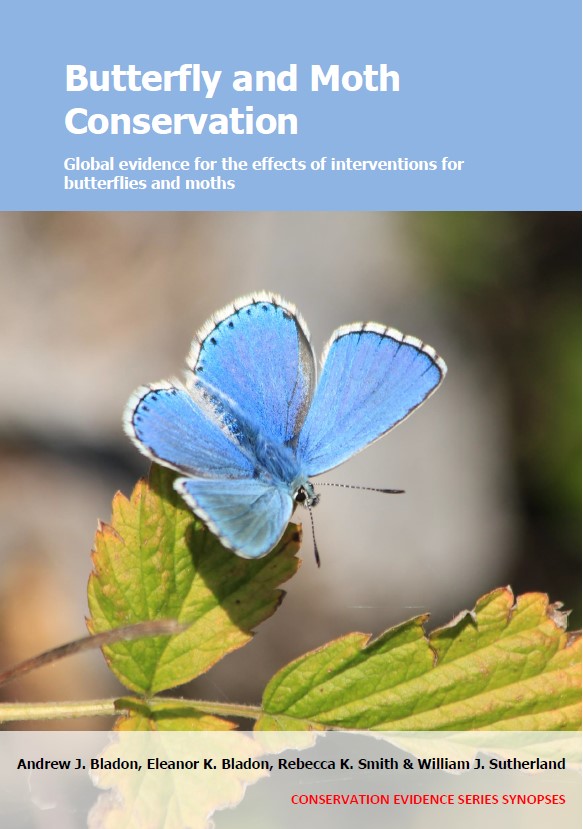Reduce the size of surface features when prospecting for or extracting underground products
-
Overall effectiveness category Awaiting assessment
-
Number of studies: 1
View assessment score
Hide assessment score
How is the evidence assessed?
-
Effectiveness
not assessed -
Certainty
not assessed -
Harms
not assessed
Study locations
Supporting evidence from individual studies
A replicated, site comparison study in 2015 in a boreal forest in Alberta, Canada (Riva et al. 2018) found that narrow corridors used for prospecting for oil had a lower abundance and species richness of butterflies than wide corridors, but were more similar to undisturbed forest. In narrow, 3-m-wide corridors, the abundance (31 individuals/site) and species richness (8 species/site) of butterflies was lower than in 9-m-wide corridors (abundance: 95 individuals/site; richness: 15 species/site). However, narrow corridors were similar to undisturbed forest (abundance: 21 individuals/site; richness: 7 species/site). From 2000–2005, corridors (3 or 9 m wide) were cleared of trees to prospect for oil in a 25-km2 area of previously undisturbed forest. From June–August 2015, butterflies were surveyed 11 times on five 200-m transects in corridors of each width, and in undisturbed forest patches which had received no wildfire or anthropogenic disturbance within 50 m for >80 years.
Study and other actions tested
Where has this evidence come from?
List of journals searched by synopsis
All the journals searched for all synopses
This Action forms part of the Action Synopsis:
Butterfly and Moth Conservation
Butterfly and Moth Conservation - Published 2023
Butterfly and Moth Synopsis





)_2023.JPG)














